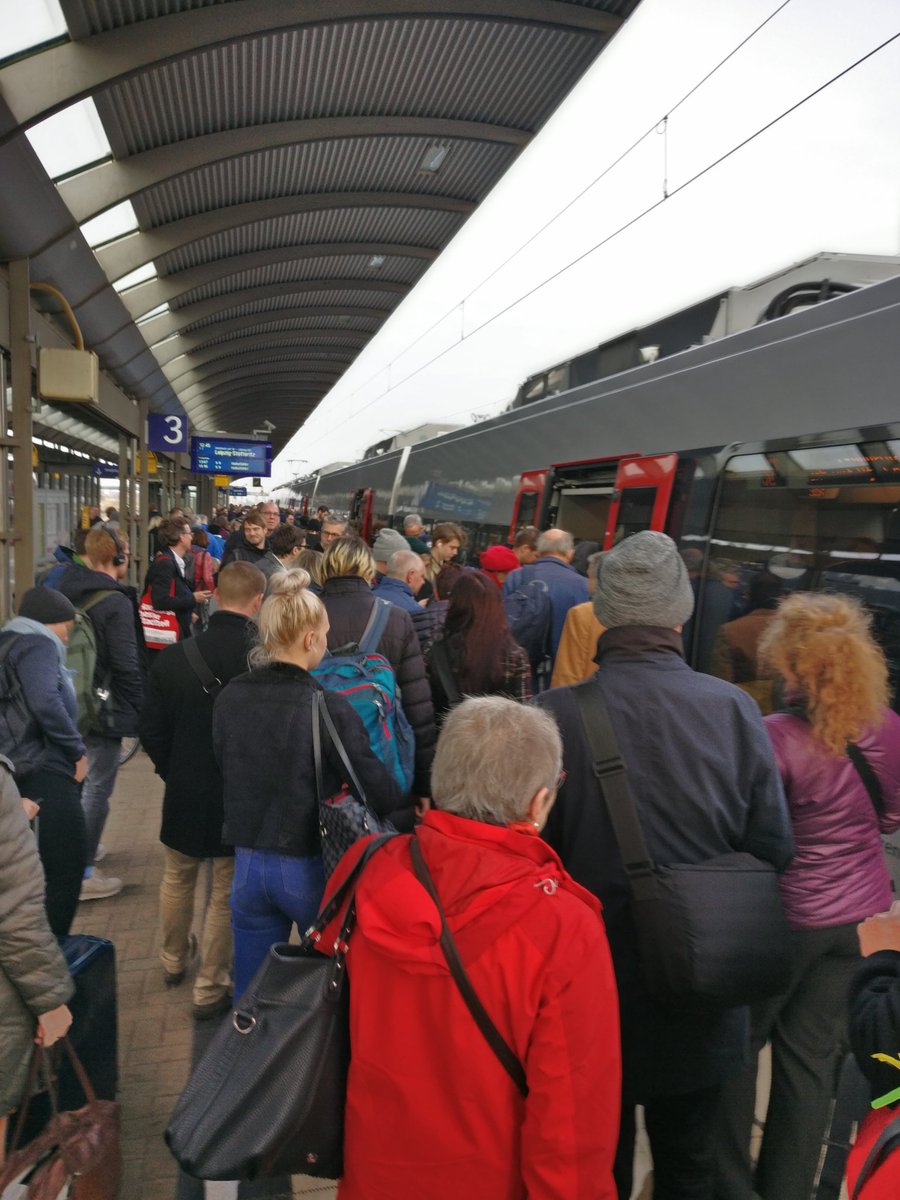In an ideal world the Central govt should not redistribute Central taxes to states. But spend it using its own discretion
With the states spending its own taxes and not relying on the Central govt
Its so very arbitrary and quirky. So hard to rationalize
The allocation is not based on the Center's assessment on the current state of public goods and which state is most lacking in public goods
It punishes richer states, as the "income distance" component measures the PCI difference of each state relative to richest state
So the poorer you are, the more money you get
But why assume that poorer states have much greater need for public goods?
It may hardly be a perfect correlation
Many poor states may have very good public infrastructure - better than some of the richer states
Presumably because of Karnataka's greater area?
This is ridiculous
This is despite Bihar being way poorer than MP, and much bigger than MP in terms of population
Largely because of MP's greater area and forest cover?
Another oddity
Haryana and Uttarakhand have almost the same share (1.08% and 1.05%)
Though Haryana has 25MM people and Uttarakhand less than half that number (10MM)
Nor is it based on the state government's delivery mechanisms or fiscal discipline
There are no incentives built in to these criteria for states to work harder for money
How is this a good model for competitive federalism?
Where is the incentive for states to compete?
But even that is in my view better than the mess we see here.






